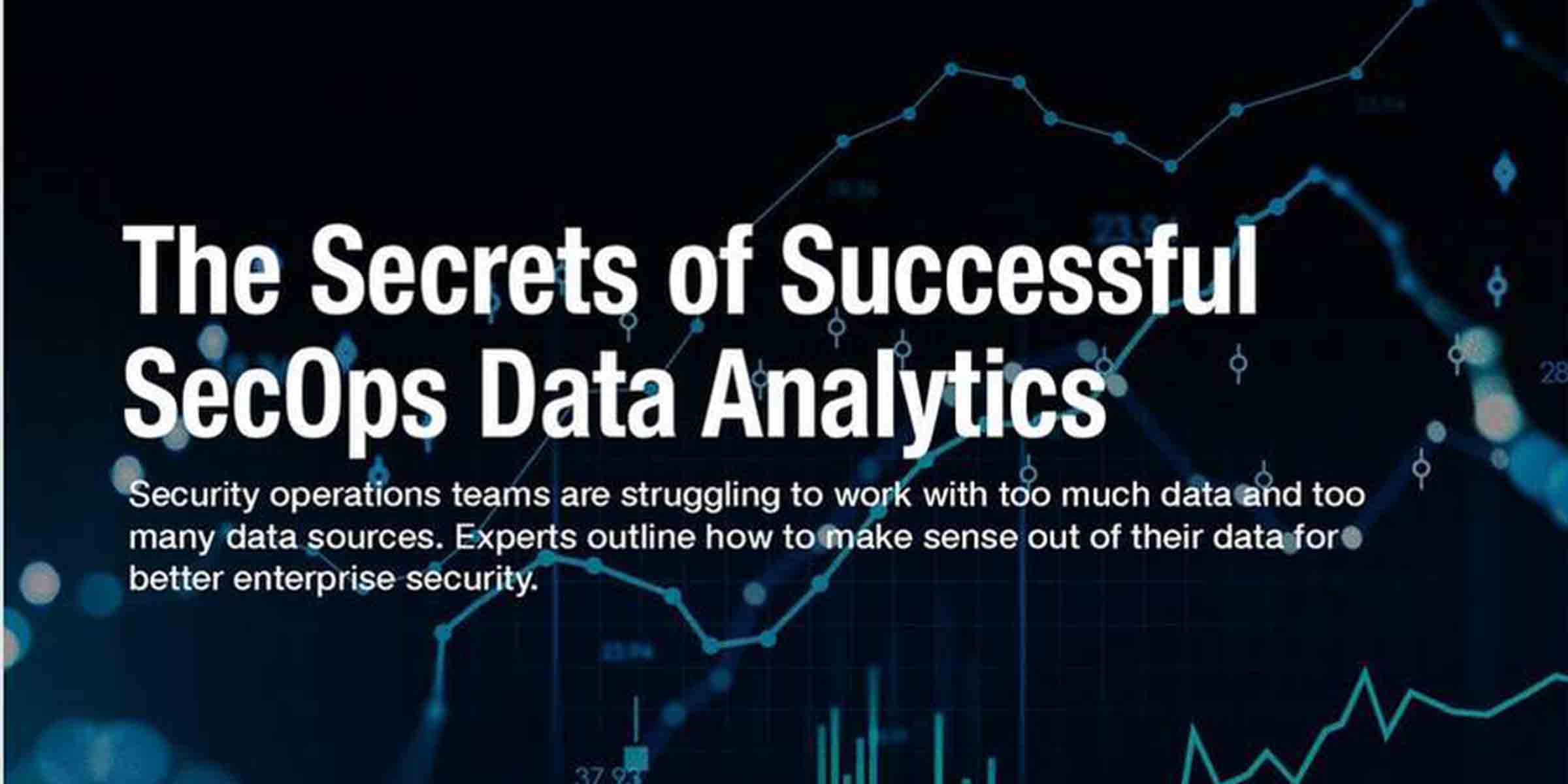
If there’s something all security operations teams need, but few get right, it is the ability to effectively utilize security data analytics. After all, an effective SecOps data analytics program enables SecOps teams to continuously monitor their environments for signs of compromise and stop potential attacks before they can cause serious damage. Also, good data makes collaboration, essential for SecOps teams and IT to work together, more effective.
“There are a lot of different ways to do aggregation and analysis. But there’s no way to answer the question ‘tell me the biggest threat to the business’ if you’re not doing systematic aggregation and analysis of your data,” says Mike Rothman, general manager at Techstrong Research. “In many cases, you’ll have a hard time answering it anyway. But if you’re not even doing the basics, you have no shot.”
Dark Reading’s special report “The Secrets of Successful SecOps Data Analytics” digs into important decisions enterprises must make to effectively collect, analyze, and manage their security data so that SecOps teams can make the best decisions possible.
Paradoxically, security teams don’t suffer from too little security data or too few security data sources — rather, there are too many data sources and too much data to sift through. This overabundance can make finding the most pressing threats daunting. “SecOps teams are drowning under the weight of multiple security tools, alert fatigue, and manual operations,” says Anton Chuvakin, security advisor at the office of the CISO, Google Cloud. “Analyzing large — the meaning of ‘large,’ of course, changing dramatically in 20 years — amounts of data at scale and speed have never been more important, but it remains tricky when this data is coming from so many disparate sources.”
Getting the data right, however, when it comes to collecting, aggregating, and analyzing is essential. SecOps teams need data to be effective, and security teams can only be as effective as the information they’ve based their decisions and actions upon. The better-quality data SecOps teams get, and the better they can analyze that data for swift decisions, the more effectively they will respond to the actions of the threat actors targeting them.
Read Dark Reading’s “The Secrets of Successful SecOps Data Analytics” to understand how to keep and manage data connections across on-premises and cloud systems to help SecOps teams make decisions on how best to disrupt attacks before the threat actors manage to succeed in inflicting damage to the organization.
- SEO Powered Content & PR Distribution. Get Amplified Today.
- PlatoData.Network Vertical Generative Ai. Empower Yourself. Access Here.
- PlatoAiStream. Web3 Intelligence. Knowledge Amplified. Access Here.
- PlatoESG. Carbon, CleanTech, Energy, Environment, Solar, Waste Management. Access Here.
- PlatoHealth. Biotech and Clinical Trials Intelligence. Access Here.
- Source: https://www.darkreading.com/edge/tips-for-a-successful-secops-gameplan



